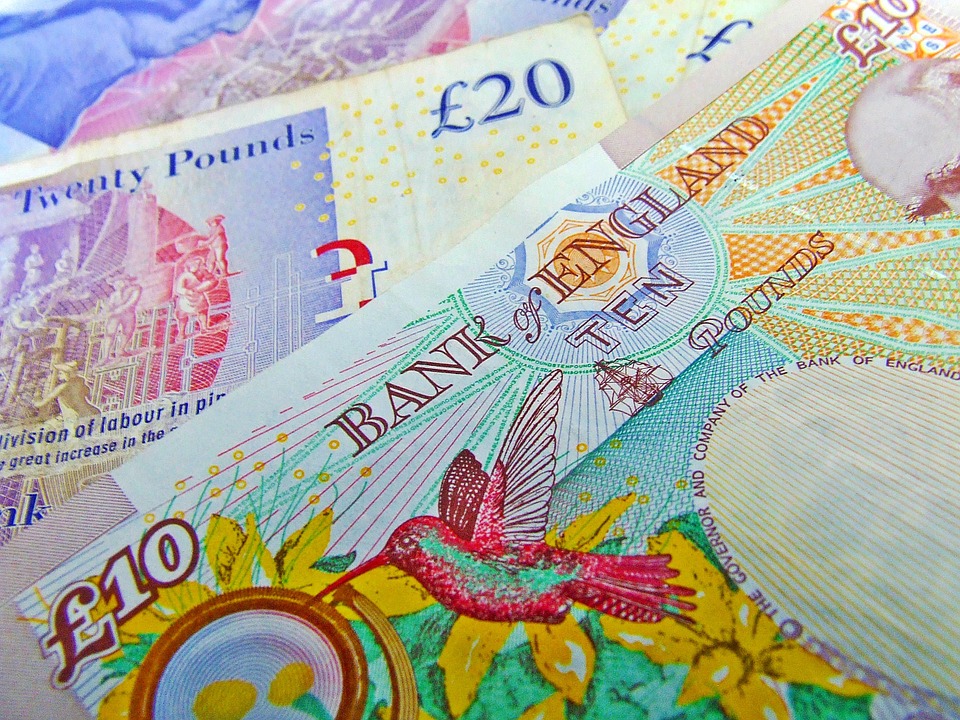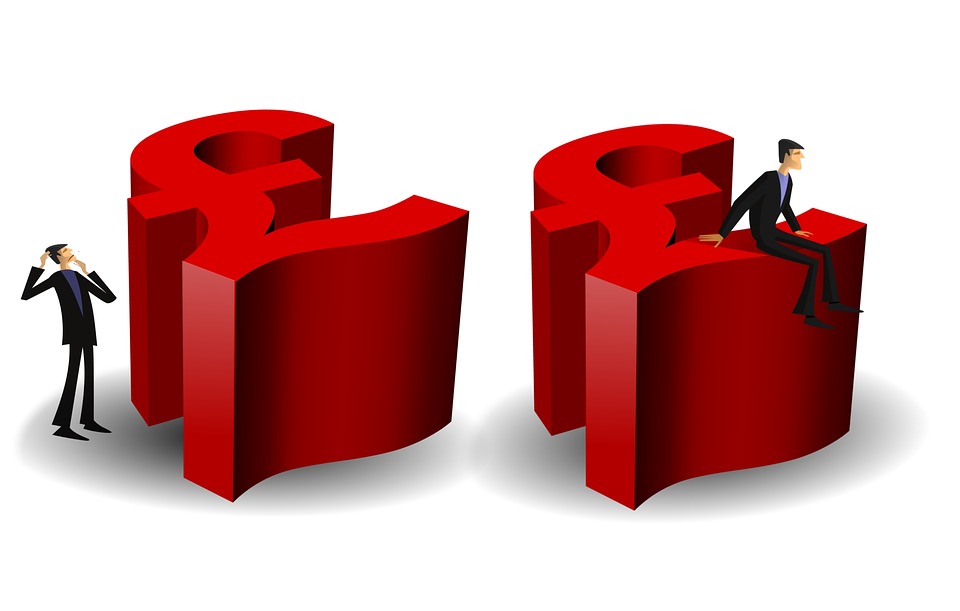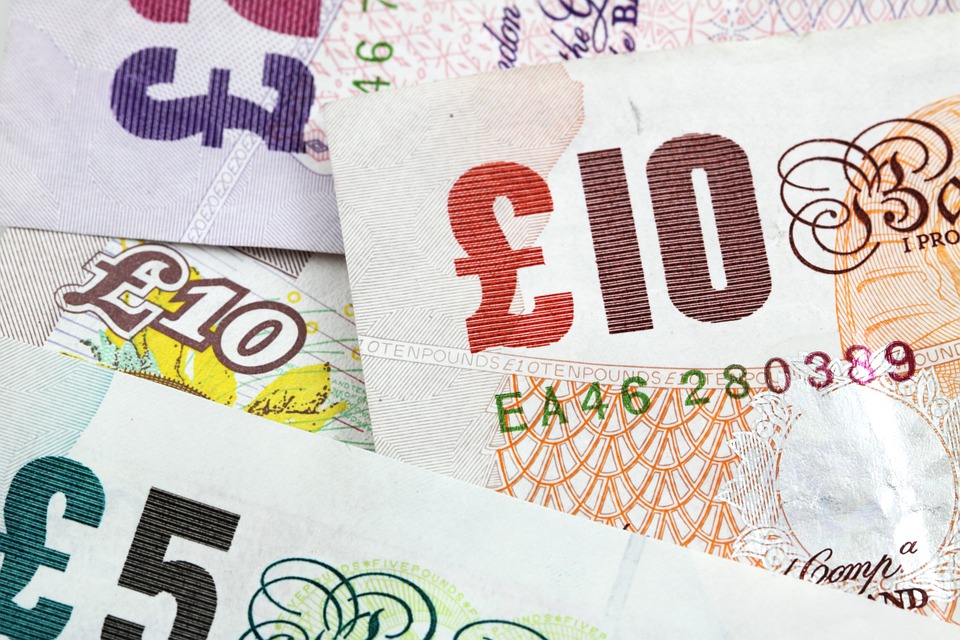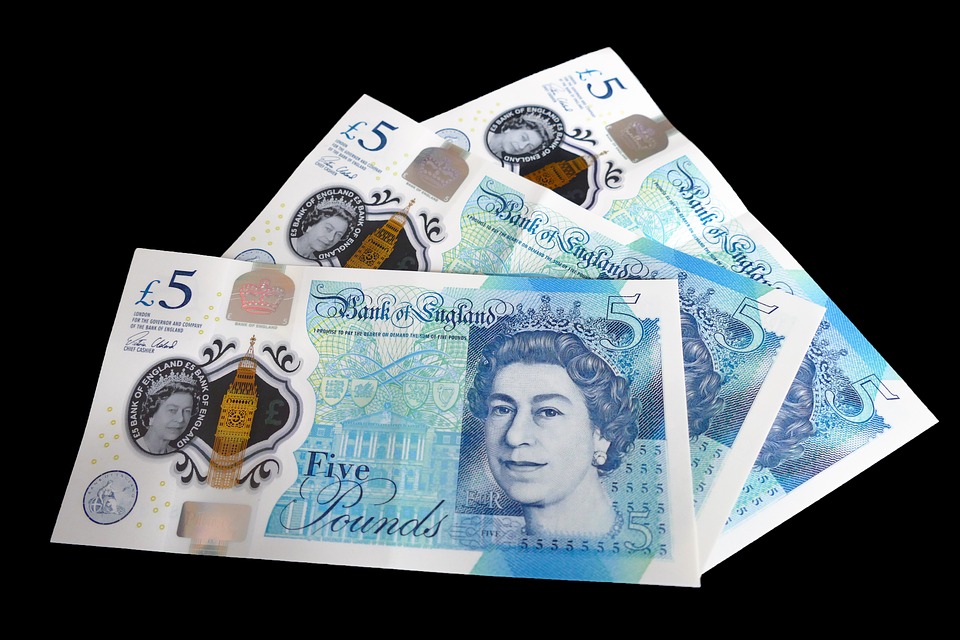Sterling recovered on Wednesday after declines triggered by the UK parliament’s rejection of amendments to delay Brexit, as investors bet the government would still avoid exiting the European Union without an agreed divorce deal in place.
Growing expectations that Britain can avoid a no-deal Brexit have fuelled a 3 percent rally in the pound this month against the dollar and the euro.
But sterling fell 0.7 percent on Tuesday after lawmakers voted to demand Prime Minister Theresa May renegotiate the terms of Britain’s exit and they rejected an amendment that would have postponed the scheduled departure date of March 29.
However, lawmakers also approved a non-binding amendment that said Britain should seek to avoid a no-deal Brexit, and analysts said the risk of such a disruptive exit had risen only slightly. Goldman Sachs, for example, put the chances at 15 percent compared with an earlier 10 percent forecast.
By 1635 GMT, sterling was flat at $1.3070, roughly a cent below where it traded before Tuesday’s vote.
Against the euro, the pound rose around 0.15 percent to 87.4 pence.
Traders are trying to figure out whether May’s Conservative Party rallying around her has increased the chances of her securing concessions from the EU – which would likely boost sterling – or has pushed Britain toward further deadlock and uncertainty.
The currency had gained before the vote on expectations that parliament would approve a divorce deal on time or would extend the Article 50 deadline of March 29. Analysts said not much had changed on that front.
“The market is still giving a very low probability to a no-deal,” said Sarah Hewin, chief Europe economist at Standard Chartered, which still sees chances of hard Brexit at 20 percent. “The sense I get is people feel that is a negligible prospect.
“But chances of an extension to Article 50 are rising. That probability is looking more likely than not with each day that goes by.”
Analysts at BNP Paribas agreed, advising clients to stay long sterling and seeing a Brexit delay as “inevitable”.
The renewed uncertainty caused money markets to reduce expectations that the Bank of England would raise interest rates in 2019. The probability is now only 52 percent, compared with 64 percent on Tuesday before the vote.
“The market is taking the view that as long as Brexit uncertainty persists it’s going to be difficult for the BoE to raise rates. As we are now in the realm of extending Article 50, it means uncertainty is also extended and that’s the rationale behind the pricing,” Hewin said.
Source: UK Reuters






